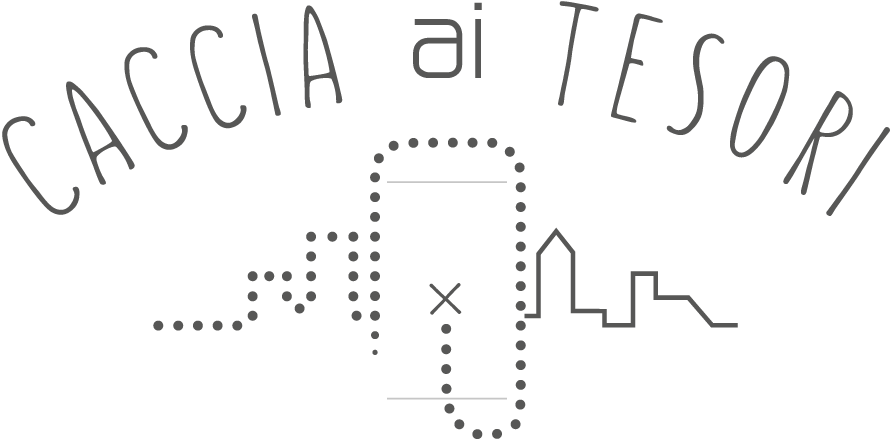ILC Subsequent Agreements and Subsequent Practice: An Overview
The International Law Commission (ILC) is one of the principal bodies of the United Nations responsible for promoting the development of international law and its codification. The ILC focuses on a wide range of legal topics, including the law of treaties, state responsibility, and the protection of the environment.
One of the key aspects of the ILC`s work is the development of subsequent agreements and subsequent practice, which play a vital role in interpreting and applying international law.
What are Subsequent Agreements and Subsequent Practice?
Subsequent agreements and subsequent practice refer to the ways in which states, international organizations, and other actors clarify, supplement, or modify the terms of a treaty or customary international law through their actions and statements.
Subsequent agreements arise when the parties to a treaty conclude a new agreement that clarifies or modifies the original treaty`s terms. These agreements can take various forms, such as protocols, annexes, or amendments, and may address issues such as the scope of the treaty`s application, its interpretation, or its implementation.
Subsequent practice, on the other hand, arises from the way in which states and other actors behave in relation to the treaty or customary law. This practice may involve the consistent application of a particular interpretation of the treaty`s provisions, the adoption of new norms or standards, or the development of customary law through state practice.
Why are Subsequent Agreements and Subsequent Practice Important?
Subsequent agreements and subsequent practice are essential for interpreting and applying international law, especially when the language of a treaty or customary norm is ambiguous, incomplete, or outdated.
For example, subsequent agreements can provide additional details on the implementation of a treaty`s provisions that were not explicitly addressed in the original treaty text. Similarly, subsequent practice can help clarify the meaning of a treaty provision by showing how states have interpreted and applied it in practice.
Moreover, subsequent agreements and subsequent practice can play a crucial role in adapting international law to changing circumstances. For example, the practice of states may lead to the emergence of new customary norms, as occurred with the recognition of the right to intervene in cases of humanitarian crises. Similarly, subsequent agreements can update the provisions of a treaty to reflect new developments in technology, science, or social norms.
Conclusion
Subsequent agreements and subsequent practice are essential components of international law, providing a flexible framework for interpreting and adapting legal norms to changing circumstances. As such, they play a critical role in promoting the development of international law and ensuring its relevance and effectiveness in addressing contemporary global challenges.
